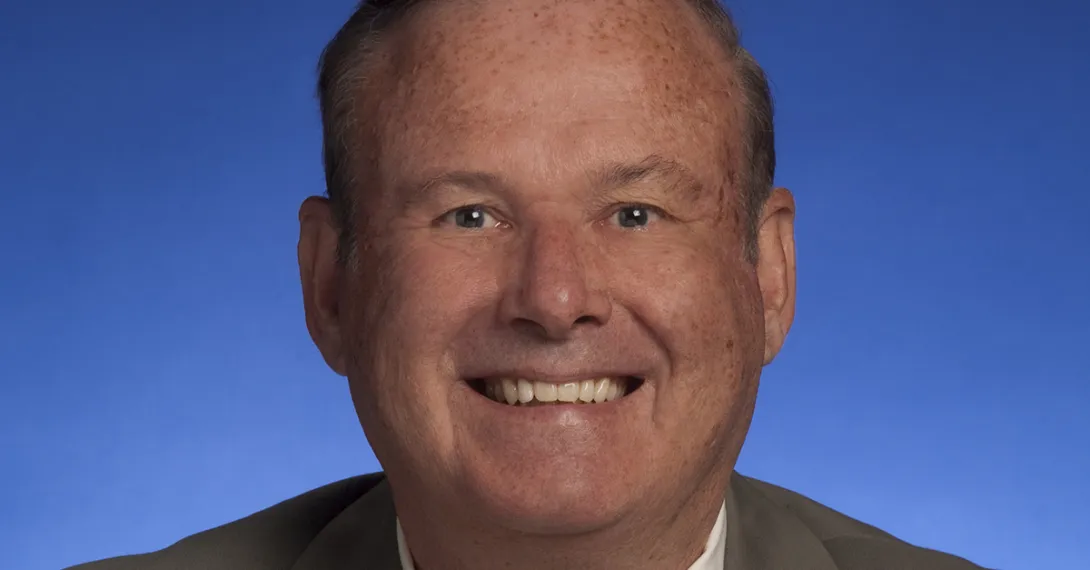
By: Dr. Russell Leftwich, senior clinical advisor, interoperability, InterSystems
Interoperability begins at home.
The most fundamental interoperability is the ability to access the data in your own system and use that data for care delivery. There are two steps: first accessing the data and then viewing it in a way that you can most effectively and efficiently use it. A part of the promise that the HL7 FHIR standard is already delivering on is a new and easier way to access and use the data in your own organization’s EHR system.
FHIR is based on the same technology behind social media, e-commerce, travel sites, and other familiar web services many of us use every day. It is easy for those familiar with this web development technology to begin building with FHIR.
Because like these familiar web services FHIR is very adaptable to mobile devices, there is an early explosion of innovation of FHIR apps on mobile devices in a number of organizations. Most of these innovative apps are built around access to data in one’s own system and use fundamental data like patient demographics, vital signs, medications, and problem lists. This has given clinicians customized views of their data and customized decision support for clinical care. Clinicians have long desired these customizations, but such customized functions were prohibitively expensive to develop as add-ons for individual EHR implementations.
Notable examples of such apps include a pediatric growth chart app already in use in a number of institutions and an app that displays an individual’s blood pressure over time and that is easily implemented in different EHR systems. There are also simple decision support apps being deployed that are invoked by a medication order (prescription) and can show alternative medications based on cost or formulary restrictions. Decision support apps under development with expectation that they can be implemented within weeks identify patients at the point of care at risk for conditions like Zika virus and associated complications.
It is already apparent that like the new functions that have appeared with each version of a smart phone, the development cycles of the FHIR standard will bring new capabilities and value to healthcare every few months.
We know we didn’t have to wait for smartphone-5 to start seeing innovation, and the same is true of HL7 FHIR.
Register for Dr. Leftwich’s upcoming webinar, "Three Apps Fan the Flames as HL7 FHIR Spreads," at http://www.intersystems.com/who-we-are/events/event/three-apps-fan-flames-hl7-fhir-spreads/







